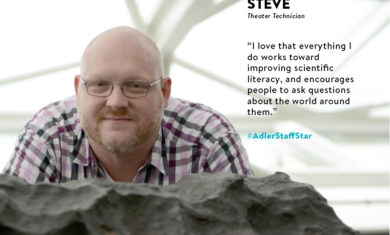Adler Skywatch: September 2023

Header Image: The Sun setting perfectly in between skyscrapers down an east-west facing street in Chicago, Illinois during Chicagohenge. Image credit: Raf Winterpacht (@rafwinterpacht on Instagram)
Earth reaches an equinox, nights grow longer, and the harvest Moon is “super” this month, September 2023.
An Autumnal Equinox
The autumnal equinox, sometimes called the September equinox, occurs on September 23 at about 1:50 am CDT this year. This equinox marks the start of the fall season in the northern hemisphere, and—as on the vernal equinox in March—daytime and nighttime hours are nearly equal on this date.
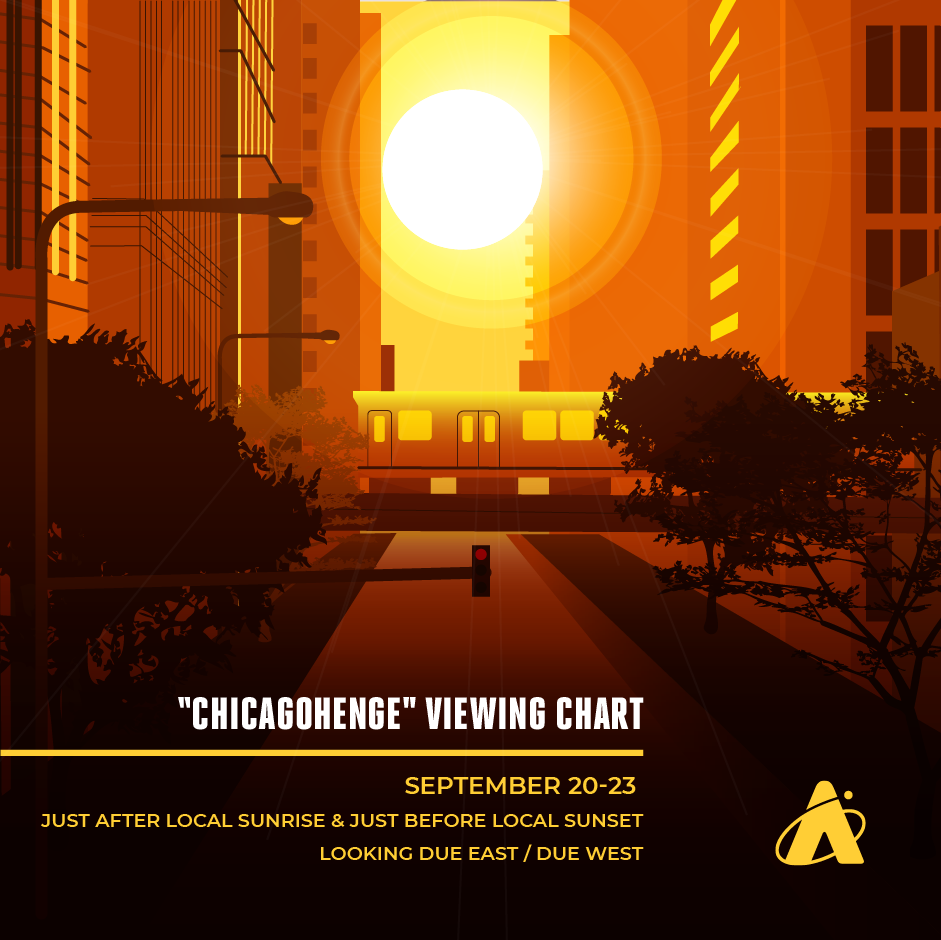
For Chicagoans, the autumnal equinox comes with an extra special treat, the biannual Chicagohenge! On the equinoxes, the Sun rises due east and sets due west. Because Chicago’s streets are built on a grid system that is aligned with the compass, on the equinox, we can see the Sun rise and set perfectly down our streets. The best days to view Chicagohenge this fall are September 20–23.
After September 23, you may notice that the dark-sky hours grow longer than the daytime hours. The night hours will continue to increase until the winter solstice, which falls on December 21 this year.
Saturn At Dusk
This month, Saturn rises in the east-southeast during dusk. As the night progresses, the star Fomalhaut—from the constellation Piscis Austrinus—appears close to the southern horizon, about 20 degrees below—and slightly dimmer than—Saturn.
On the evening of September 26, the ringed planet appears only a few degrees away from a waxing gibbous Moon. Saturn sets in the west-southwest around 5:30 am at the start of the month, and around 3:30 am by month’s end.
Jupiter At Night
The bright planet Jupiter rises in the east-northeast around 10:00 pm at the start of the month. By the end of September, it rises shortly after 8:00 pm. Jupiter starts the month at a bright -2.6 magnitude. It gets slightly brighter each evening and will reach -2.8 magnitude by the end of the month. The evening of September 4 through the morning darkness of September 5, a waning gibbous Moon appears between Jupiter and the Pleiades star cluster. Jupiter is about 60 degrees high in the south-southwestern sky in morning twilight.
Vivid Venus and Mighty Mercury
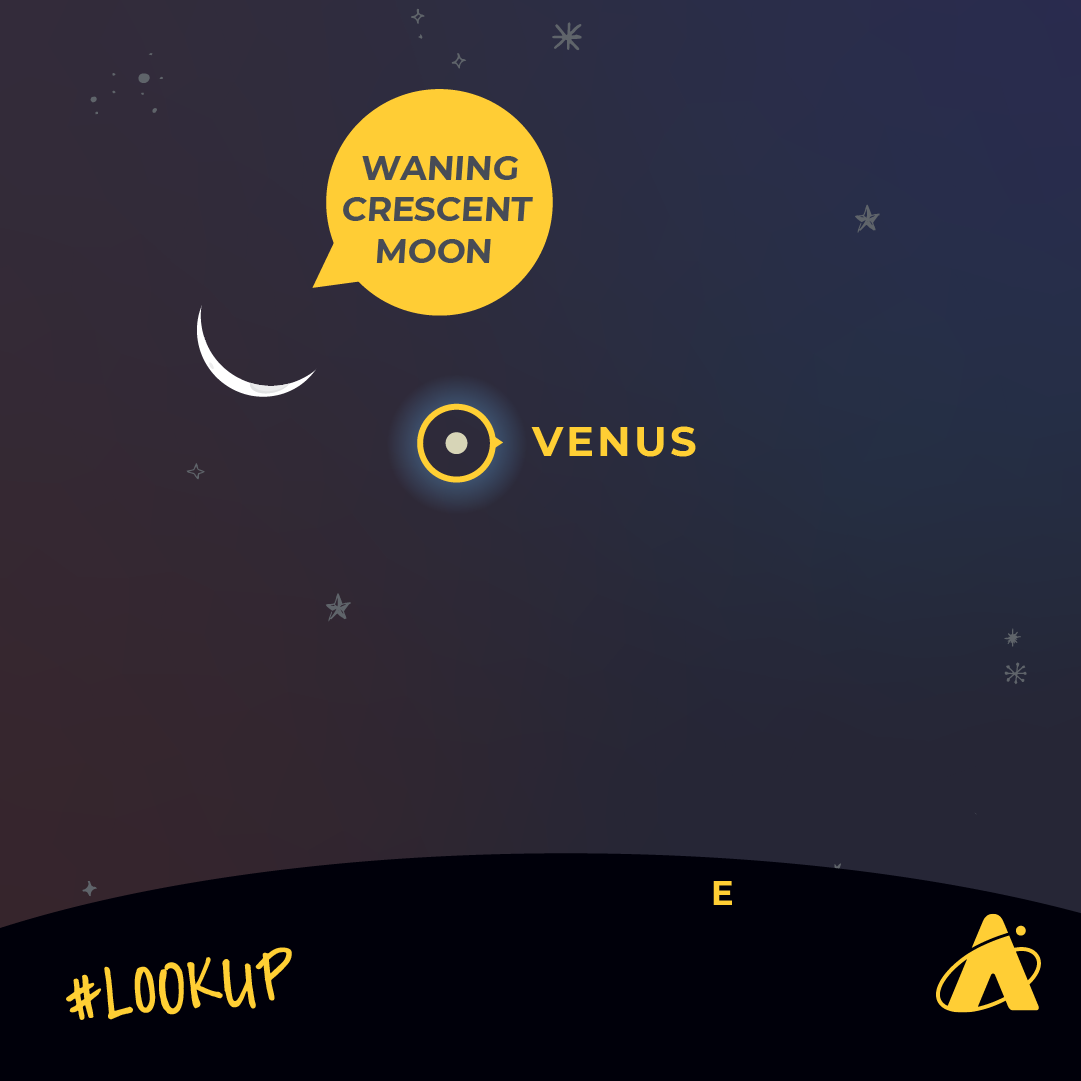
Even brighter than Jupiter, the planet Venus rises in the east during morning twilight. This month, it gets brighter than -4.5 magnitude, which is about as bright as Venus can get.
Look for it low near the eastern horizon about an hour before sunrise early in the month, and about 90 minutes before sunrise later in the month. The bright planet will be hard to miss!
In the early morning of September 11, catch Venus near a very slim, waning crescent Moon in the eastern sky.
Starting around September 20, look near the eastern horizon about 45 minutes before sunrise to spot the planet Mercury. The planet is brighter than zero-magnitude in morning twilight.
Being the closest planet to the Sun, Mercury is often hard to see in the Sun’s glare. Since it’s so close to the horizon this month, you may want to use the easily spotted planet Venus to help find it.
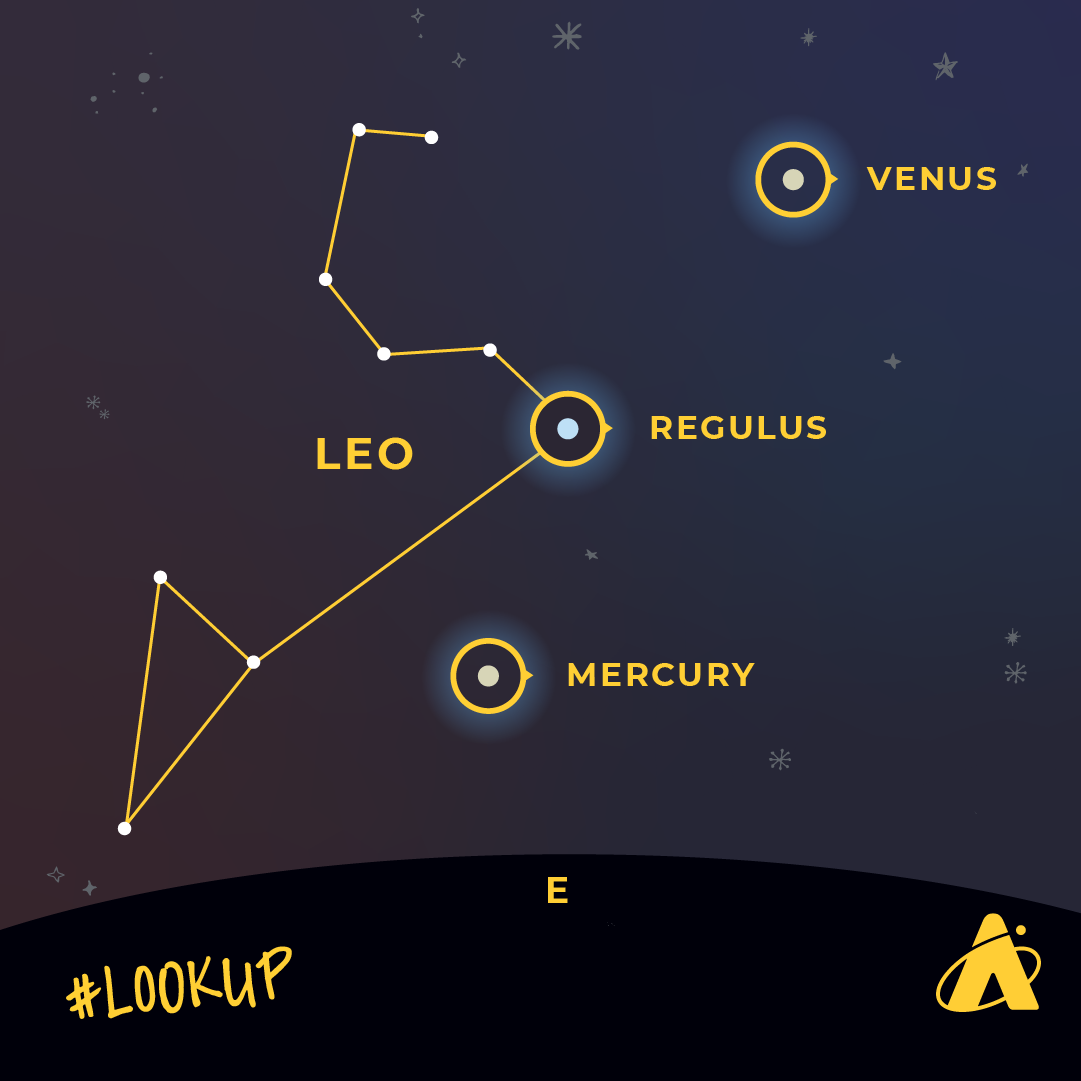
Between Venus and Mercury, you may be able to see the first-magnitude star Regulus, in the constellation Leo. Mercury appears closer to Regulus on September 20. However, as the mornings pass, Venus appears to move closer to Regulus, leaving Mercury behind low in the eastern sky. It fades away in the east as the sky brightens.
Don’t look for Mercury once the Sun gets close to the horizon. Remember, looking at the solar disk can cause permanent eye damage!
Additionally, the planet Mars is dim and sets very close to the Sun, so it will be very difficult or impossible to view in September 2023.
Full Super Harvest Moon
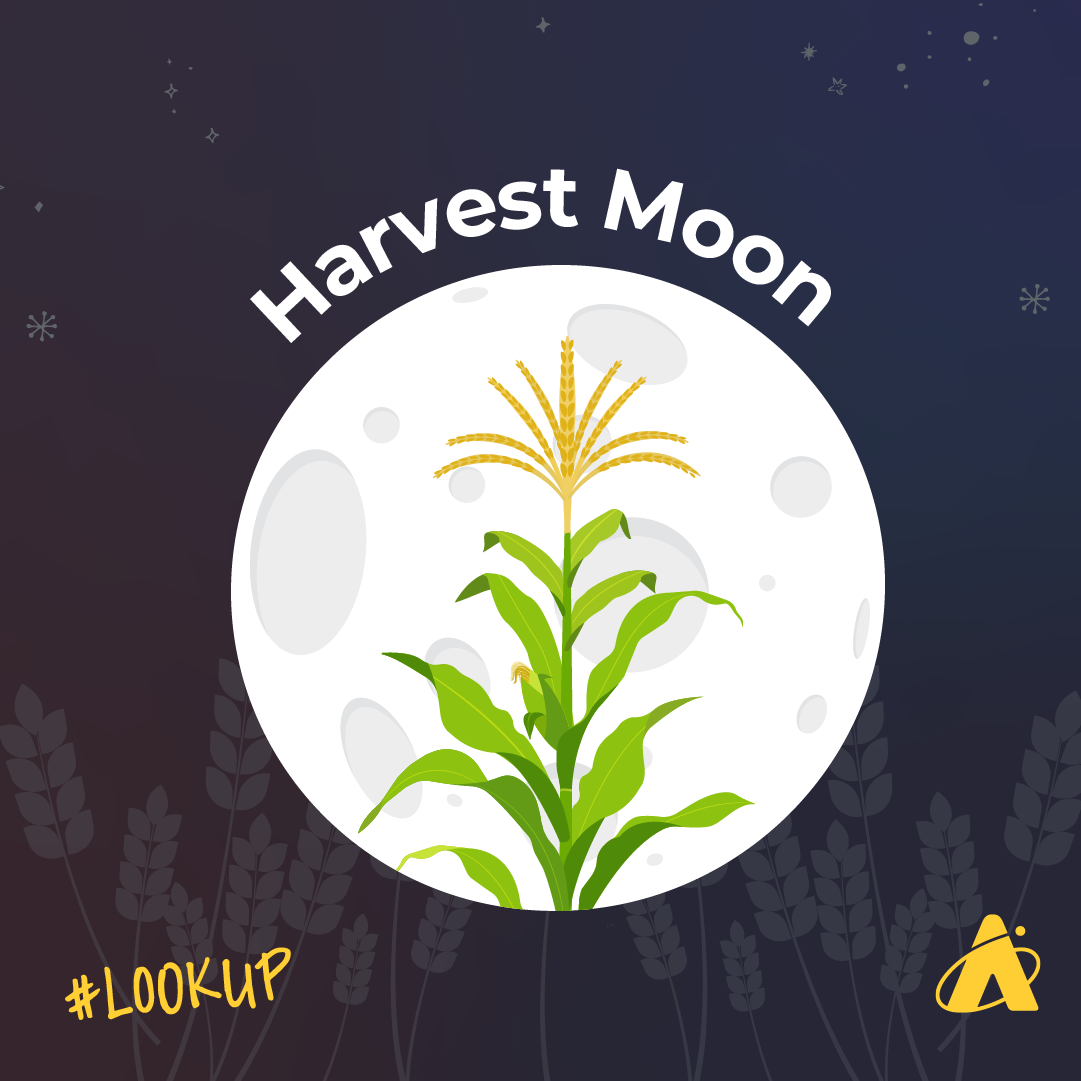
The fourth and final consecutive supermoon of the year occurs this month on September 29. It is also the closest full Moon to the autumnal equinox—traditionally called the harvest Moon—earning the nickname the full super harvest Moon.
Moon Phases
Last quarter Moon: September 6
New Moon: September 14
First quarter Moon: September 22
Full Moon: September 29
Please note: these descriptions are for the Chicago area, using central time.
Subscribe To Skywatch Wednesday This September
Tour the night sky with the Adler Planetarium’s Theaters Manager, Nick, in Skywatch Wednesday. Nick uses cutting edge visualizations, NASA images, and astrophotography to show you what you can see in the night sky throughout the year.
Learn From Our Astronomy Educators
Watch exclusive live episodes of Sky Observers Hangout this September! Learn how to observe upcoming cosmic happenings, enhance your astrophotography skills and see celestial objects through a telescope virtually with our astronomy educators. Check out Michelle and Hunter’s latest episode, Solar Observing Live. With the help of specialized solar viewing telescopes, our astronomy educators show you our favorite star up close, like never before!






